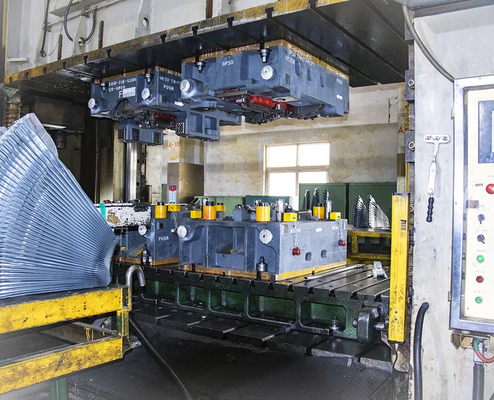- 07 3852 5933
- Contact Us
- Member Login
- Get Listed Today

Trailer Parts are of diverse types depending on the size, design, and functionality that is needed to transport various types of loads. The type varies from small utility trailers to large semi-truck trailers, but they have some components that connect them to vehicles and ensure the proper shipment of loads. Knowledge of these components is valuable whenever one is out shopping for trailers or when dealing with a current fleet.
Wheels and Tires
Of course, wheels and tires are crucial in enabling a trailer to move or provide lateral movement. As for most small trailers, such as those hitched behind pickup trucks or SUVs, most of them use comparatively simple steel rims, just like cars. Bigger trailers, especially the ones used for business purposes, may have aluminum wheels that are produced with aluminum, which is lighter and disperses heat from the braking system effectively. Again, the tires differ in this regard – boat trailers parts might only have 2, while semi-trailers can have as many as eight or more. It is essential to ensure the correct level of tire pressure so that the car can be easily managed, have a proper braking system, and prevent the wheels from getting damaged. Remember to regulate its use every once in a while.
Suspension
Some of the products that will be affected by the suspension are those that hold the axles of a trailer and provide the wheels with up-and-down moments. Some of the most often worn-out parts include the leaf springs, shock absorbers, and the u-bolts that are used to fix the spring stack to the axle. For greater loads, airbags can also offer variable firmness of suspension on the trailer. The use of high-quality parts is justifiable to ensure that stability, vibration, pitching, and grounding issues are eliminated. Lubrication should, however, be done frequently; in addition to that, the suspension should be checked often to ensure that it is in optimum working condition.
Brakes
Electric, hydraulic, or surge brakes are mandatory on most utility trailers of any size, but on the smallest of all utility trailers, the brakes could be of the surge-type only. The most comprehensive package is the electric brakes with brake pads on all wheels equipped with a control system within the towing vehicle. Hydraulic systems have independent brake actuators, while surge systems apply brakes through inertial force when the towing vehicle decelerates. Correct setting up, together with pads and rotors or drums in good condition, results in equal distribution of brakes and averts applying too much pressure on the brakes and causing them to heat up or fade.
Lighting and Wiring
Signaling to other drivers and proper use of lights is mandatory in all of the states. Some of the most typical trailer lights include side marker lights, brake lights, turn signals, and tail lamps. Wires then extend from each light assembly back to a multi-pin adaptor plug that connects to the tow vehicle. Sealed beam bulbs are very long-lasting. However, some trailers today employ efficient and well-lit LEDs. Replace bulbs if they are burnt out and clean connector ends and corresponding circuit boards.
Coupler and Hitch
As mentioned earlier, the coupler on the tongue of the trailer hooks into the ball hitch in the vehicle. Standard sizes of saddle rings are 1-7/8 inches and 2 inches in diameter. The coupler is designed to have a locking mechanism by which it remains fastened while enabling it to be folded in a vertical plane. There are also chains extending from the trailer as a backup in case the coupler becomes disconnected. Hitches should be compatible with the coupler size and ideally capable of handling the maximum trailer mass. So, when used properly, VDI wants to indicate faster, safer connections.
Jacks and Leveling
Standard and most commonly used are the crank-down jacks at the front tongue and at the rear on the landing gear. In the case of loading equipment or camping, more of them may be lower, at side points, or with power at each corner. It is wise to start by making sure that your trailer is level from front to rear and from side to side in order to avoid movement and critical tipping scenarios.
Frame and Body
The frame is responsible for integrating all the running gears and working parts into one assembly. Steel I-beams, tubes, or channel members can be chosen as the base framework. Larger parts of the vehicle are attached to the frame using bolts. The body or container placed above the frame part may also differ greatly depending on the type of cargo. Everything from basic flatbeds with no roof to full custom van bodies can be considered and are available. The frame and body are integrated mechanical units and provide strength to bear towing loads, road surface abrasion, and carrying capacity throughout its useful service life.
That, in a nutshell, is the main workings of trailers regarding the systems and parts involved. Towing is thus smooth, safe, and reliable each time the various parts are well maintained, as this is what is required out on the road. Some of the areas that some businesses may neglect include checking bolts, welds, seals, and wiring, among others. It will also be of great importance to ensure that minor issues are detected early so that they do not develop into major problems, which may diminish the useful life of your prized trailer.
